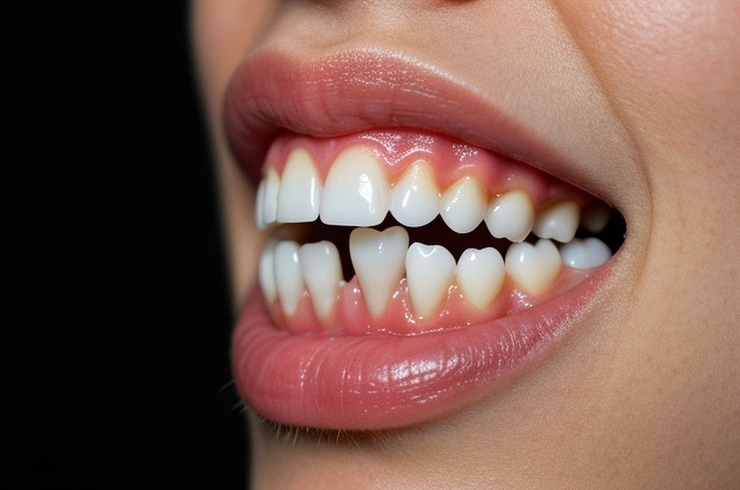
When a tooth is extracted, the empty space left behind is called a socket. Normally, a blood clot forms in this socket, acting as a protective barrier for the underlying bone and nerves. This clot is crucial for proper healing. However, sometimes this protective clot can become dislodged or dissolve prematurely, leading to a condition known as dry socket, or medically, alveolar osteitis.
Dry socket can be quite painful because it exposes sensitive bone and nerves to the oral environment, including food particles, air, and even liquids. This exposure can result in a sharp, aching pain, often described as similar to severe tooth sensitivity. While tooth extractions are generally followed by minimal pain and heal well, the absence of this protective clot can significantly increase discomfort.
Preventing Dry Socket
Prevention is key when it comes to dry socket. Many preventive measures involve careful adherence to post-extraction instructions and avoiding certain habits that can dislodge the clot. Here are some essential tips:
Inform your dentist about all medications: Before your tooth extraction, ensure your dentist is aware of all medications you are currently taking, as some can interfere with clotting or healing.
Avoid straws and smoking: The sucking motion involved in drinking through a straw and the act of smoking create negative pressure in the mouth, which can easily dislodge the blood clot.
Gentle saltwater rinses: Rinsing gently with warm salt water twice daily, starting 24 hours after the extraction, can help keep the extraction site clean and promote healing. Avoid vigorous rinsing.
Cold compress application: For the first 24 hours post-extraction, apply a cold compress to the side of your face in 10-minute intervals, followed by 10 minutes off. This can help reduce swelling and discomfort.
Avoid touching the socket: Refrain from touching the extraction site with your fingers or tongue, as this can physically dislodge the protective clot.
Strictly follow aftercare instructions: Your dentist will provide specific post-operative care instructions. Following these diligently is crucial for proper healing and preventing complications.
Attend follow-up appointments: Ensure you go to any recommended follow-up appointments with your dentist to monitor healing and address any potential issues early.
Treating Dry Socket at Home and with Your Dentist
If you suspect you have developed a dry socket due to increased pain after your extraction, it's vital to contact your dentist immediately. While waiting to see your dentist, you can take some steps to manage the discomfort:
Continue saltwater rinses: Gently rinse with salt water twice a day to keep the area clean.
Use a cold compress: Apply a cold compress to the affected side of your face to help alleviate pain.
Stay hydrated: Drink plenty of fluids to stay hydrated, especially if you are taking pain medication that might cause side effects like nausea.
Avoid tobacco and alcohol: These can further irritate the extraction site and impede healing.
Steer clear of straws: As mentioned, the sucking motion can worsen the condition.
Your dentist is the primary professional who can effectively treat dry socket. They may:
Clean the socket: Your dentist will carefully clean the socket to remove any debris and promote new clot formation.
Pack the socket: They may pack the socket with medicated gauze or other materials to protect the exposed bone and nerves and provide pain relief.
Prescribe medication: Your dentist might prescribe pain relievers, which could be stronger than over-the-counter options like ibuprofen or aspirin, or antibiotics if there's a risk of infection.
Understanding dry socket, knowing how to prevent it, and being aware of both at-home remedies and professional treatments can significantly help in managing this condition and ensuring a smoother recovery after a tooth extraction. Always seek the advice of your dentist or other qualified healthcare provider for any medical concerns.
Pro Tip
The content of the article is shared by netizens, please carefully identify it